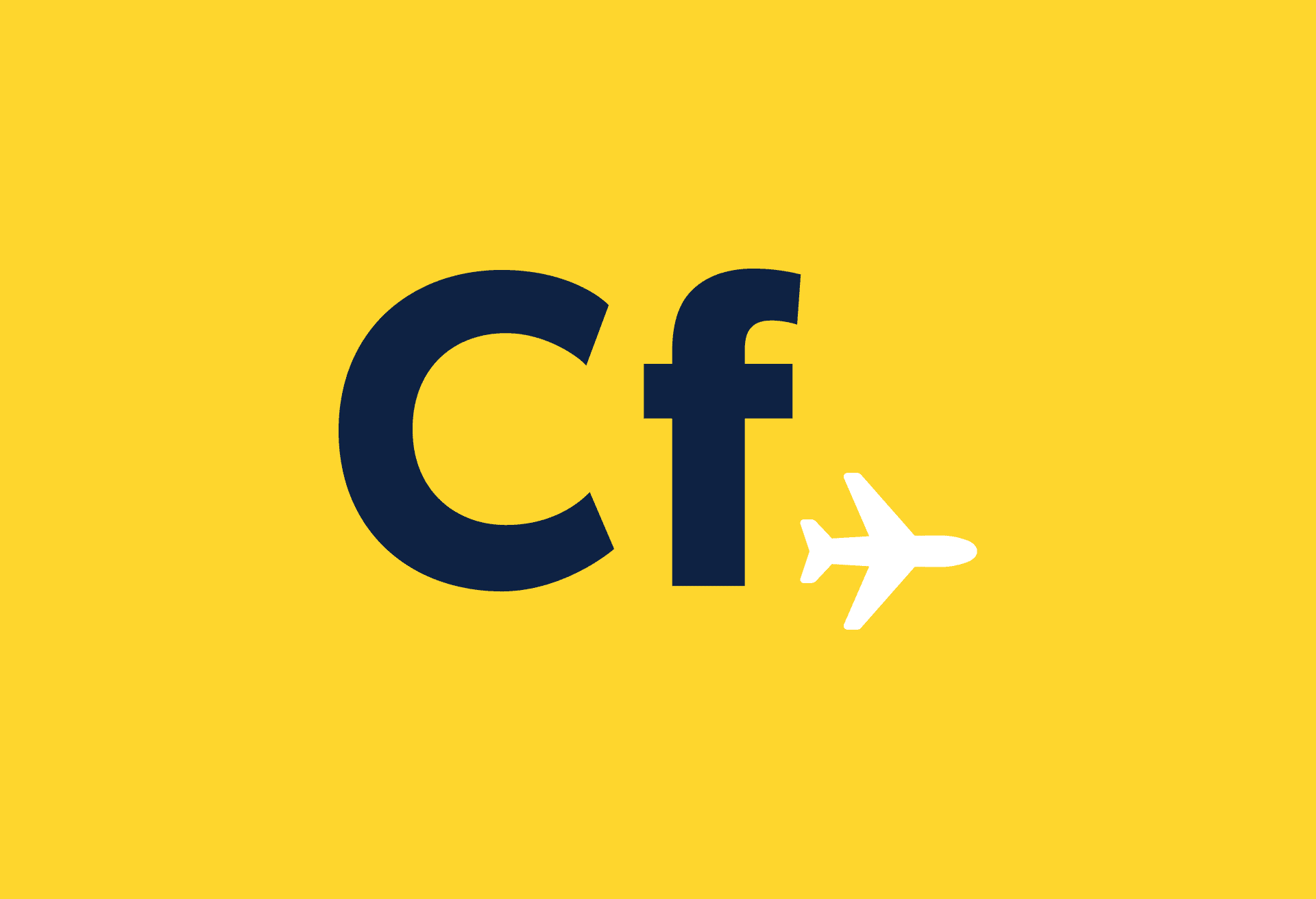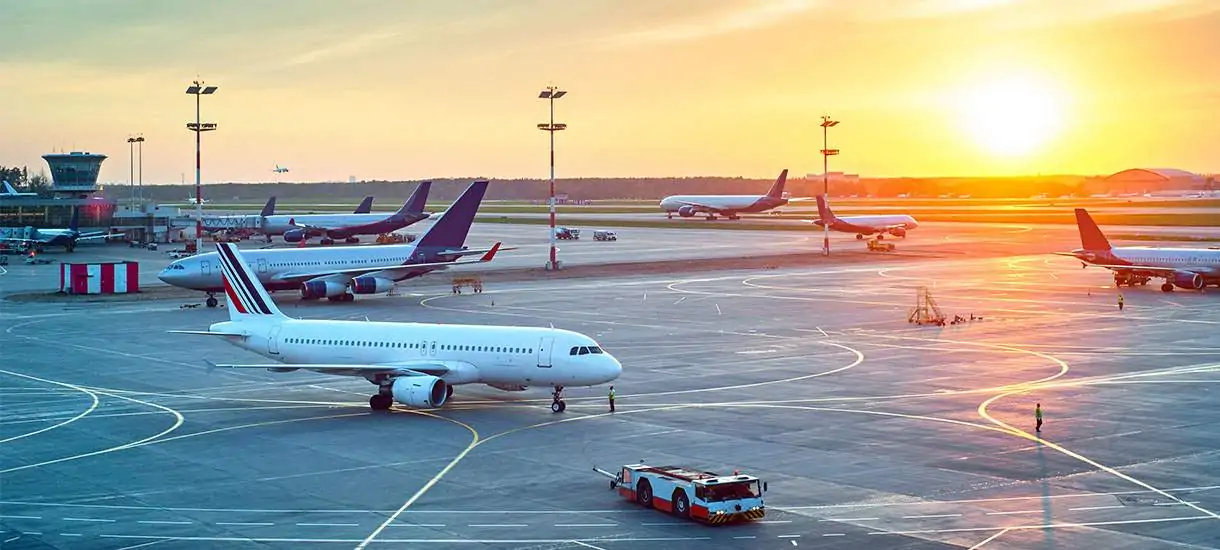Whether or not you’re a frequent traveller, you’ve likely heard the term “red-eye flight.” But what exactly is a red-eye flight and what are the pros and cons of taking one? If you’re curious about them, or you’re thinking of booking one and want to know what to expect, we’re here to help. Read on for our guide to taking a red-eye flight, and if you do need to book one, we can help with that, too.
The history of red-eye flights
A red-eye flight is a flight that takes off late at night and arrives early in the morning, usually taking off after 9 p.m. and arriving by 5 or 6 a.m. So, in taking a red-eye, you’ll be in the air overnight, when you would typically be asleep. Typically, these flights travel west to east (i.e. Los Angeles to New York, Los Angeles to Toronto, or Vancouver to Toronto), so travellers arrive in an earlier time zone with a full day in their destination, rather than arriving somewhere midday or in the evening and losing a whole day to air travel.
While we’re not certain when the very first red-eye took to the skies, they didn’t always exist. In the early days of air travel, airports weren’t equipped with the night staff or equipment to offer red-eye-flights. If you’re wondering where the term “red-eye” comes from, it refers to the red eyes of sleepless travellers. Not everyone can sleep on planes and one of the side effects of losing sleep is red, tired eyes.
Pros and cons of taking a red-eye flight
There are pros and cons to consider before taking a red-eye flight, and how you’ll fare will depend on a few factors, such as how you prepare and how well you do with sleeping on planes. The biggest con is the potential for a sleepless night, especially if you end up in the middle seat, where getting comfortable is an extra challenge. That being said, there are a few positive aspects to red-eye flights to consider.
Often, red-eye flights are cheaper than flights at other times. For people who have no problem sleeping during a flight, this can be a good option. Red-eye flights also mean you aren’t paying for accommodation for the night you’re in the air, which can be a money-saving strategy. Red-eye flights also appeal to business travellers who want to avoid losing a work day in transit.
As far as the experience, red-eye flights are generally less crowded than regular morning or midday flights tend to be, so you might luck out with an empty seat next to you and have more space to spread out (making it easier to sleep). There will also be more overhead bin space and you’re more likely to get your seat of choice. Since fewer people fly red-eyes, it’s not just the plane itself that will be less full. Airports are typically quieter at night, so check-in and security lines are shorter and boarding is generally more efficient. You’re also likely to get your luggage faster at your destination. So what you lose in comfort, you often make up for in minimized hassle.
Preparing for a red-eye flight
Preparing for a red-eye flight versus daytime flight is a bit different since you need to account for the fact you’ll be trading a bed for an airplane seat.
Book a window seat: This will minimize your chance of sleep interruptions from the person next to you trying to get past you to use the restroom and will give you a place to rest your head.
Take the later flight option: This one might seem counterintuitive, but if you can book a flight that leaves after 10 p.m., you might have a better shot at actually getting some decent shuteye. If the flight takes off close to your regular bedtime you’re more likely to be tired once you settle in your seat.
Dress for (sleep) success: We’re not suggesting parading through the airport in your best pair of fuzzy PJs, but comfort goes a long way towards red-eye sleep success. Loose-fitting items in breathable fabrics are your best bet. Pack an extra pair of socks in case your feet get cold mid-flight, which can often happen.
Bring sleeping essentials: Airline blankets aren’t always the coziest, and they’re sometimes only offered at an added cost, so you might want to consider bringing a blanket or a large scarf or shawl you can cuddle up under to help induce sleep. The same goes for a neck pillow if you think you’ll want something soft to lean against.
Surviving a red-eye flight
You’re booked, you’re prepped and you’re ready to fly. Now what? There are a few key things you can do to help make the process as pleasant as possible.
Avoid caffeine and alcohol pre-flight: This one might seem like a no-brainer, especially the no-coffee rule, but some people assume that downing a glass of wine or two on board will help induce sleep. It may help you fall asleep, but it won’t be a restful one and you’ll wake up dehydrated.
Eat a small, balanced meal before you board: Since you’ll want to be sleeping during the flight, it’s a good idea to eat before you fly. Something light, balanced and nutritious is your best bet so you’re not dealing with any digestive issues while trying to get comfortable. Think salad with a lean protein (salmon or grilled chicken). Avoid anything spicy, processed or salty, which can all lead to bloating and potential discomfort.
Have a pre-sleep routine in place: Try to do much of what you normally would before bed while getting settled in for your red-eye flight. Wash your face, brush your teeth, get your blanket ready and slip on your extra pair of socks so you’re mentally prepared to sleep.
Invest in earplugs and a good eye mask: The more cabin noise and light you can block out during your flight, the easier it will be to not only fall asleep, but stay that way.
Set a gentle alarm: Avoid being jolted awake as you’re about to land, or else you’ll be groggy and disoriented. Set an alarm to wake you up 45 minutes before you’re scheduled to land so you can brush your teeth, splash some water on your face and drink water.
Ease into the day: Following a red-eye flight, unless you have a meeting to get to or need to hit the ground running, try to take it easy and give yourself time to rest and re-energize post-flight.
Now that you know how to handle it, search for your next red-eye flight at Cheapflights.ca and share your own tips in the comments.
Featured image: iStock photo / myshkovsky




